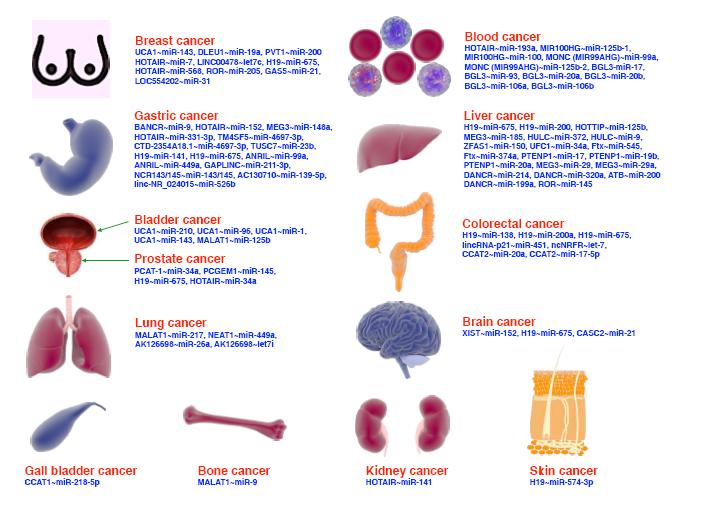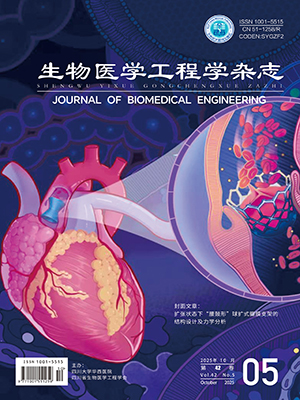The processing mechanism of the human brain for speech information is a significant source of inspiration for the study of speech enhancement technology. Attention and lateral inhibition are key mechanisms in auditory information processing that can selectively enhance specific information. Building on this, the study introduces a dual-branch U-Net that integrates lateral inhibition and feedback-driven attention mechanisms. Noisy speech signals input into the first branch of the U-Net led to the selective feedback of time-frequency units with high confidence. The generated activation layer gradients, in conjunction with the lateral inhibition mechanism, were utilized to calculate attention maps. These maps were then concatenated to the second branch of the U-Net, directing the network’s focus and achieving selective enhancement of auditory speech signals. The evaluation of the speech enhancement effect was conducted by utilising five metrics, including perceptual evaluation of speech quality. This method was compared horizontally with five other methods: Wiener, SEGAN, PHASEN, Demucs and GRN. The experimental results demonstrated that the proposed method improved speech signal enhancement capabilities in various noise scenarios by 18% to 21% compared to the baseline network across multiple performance metrics. This improvement was particularly notable in low signal-to-noise ratio conditions, where the proposed method exhibited a significant performance advantage over other methods. The speech enhancement technique based on lateral inhibition and feedback-driven attention mechanisms holds significant potential in auditory speech enhancement, making it suitable for clinical practices related to artificial cochleae and hearing aids.
Citation: CAI Yudong, LIU Xue, LIAO Xiang, ZHOU Yi. Neural network for auditory speech enhancement featuring feedback-driven attention and lateral inhibition. Journal of Biomedical Engineering, 2025, 42(1): 82-89. doi: 10.7507/1001-5515.202403028 Copy
Copyright © the editorial department of Journal of Biomedical Engineering of West China Medical Publisher. All rights reserved




